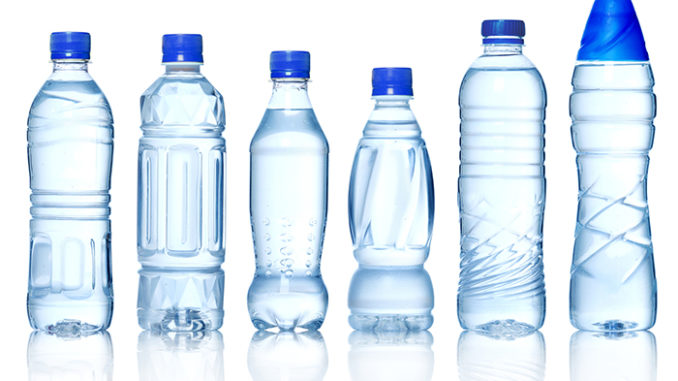
Whatever business you intend starting must come from within you. It must stir you up from the inside. However, you can also get some insights into what kind of business to go into by reading up on sample businesses like the series we are running now.
In fact, as a professional put it, “Many individuals are not really sure of what business to start – but they know they’re in love with the concept of entrepreneurship. If you aren’t positive which business to start, don’t apologise: As long as you pour the same enthusiasm into a venture once you pick your star, you can be as successful as the individual who always knew which field to enter.”
Snapshot of Business
Water packaging business provides packaged water products to quench the daily thirst of people. This business is an evergreen type because it will continue to be relevant as long as there is human civilisation. Even as you read this piece, you might be sipping a packaged water product.
– Start-up cost as low as N10 million or more depending on the size of investment
– Potential first year earnings: N30 million
– Break-even time from initial investment: very rapid (can be between one and two years)
– Future growth potential: very high
– Dynamic, fast-growing industry
– Possible for small business or cooperative-based organizations
– Not much staffing required, especially at the beginning
Background to Business
The Earth has 1,386,000,000 km3 of water total but only 2.5 percent of that is fresh water (i.e. 35,029,000 km3 or 9,254,661,800 gallons of fresh water).
Why is fluid important?
Water is essential for the growth and maintenance of our bodies, and is an important component in the diet. The British Dietetic Association guidelines state that an average adult should consume 2.5 litres of water of which 1.8 litres (or 5 x 330 ml cans; 7 x 250 ml glasses) must be in fluid form, the remainder being obtained from foods.
For children to maintain their correct water level of 60 to 70 per cent body weight, they need to consume up to 2 litres of fluid every day. This intake needs to be increased during periods of hot weather or during and after periods of physical activity in order to avoid dehydration.
What are the effects of dehydration?
Dehydration is caused by consuming too little fluid and can cause symptoms such as headaches, tiredness and loss of concentration. Adults eliminate around 2.5 litres of water per day, through urine, perspiration and respiration. In children, this varies greatly according to the outside temperature, age and activity level of the child, as well as other factors. Children do not instinctively drink enough to replenish the fluids lost during prolonged activity or play periods and evidence has shown that they consequently become dehydrated. Research has shown that children are more likely to drink sufficient liquid to replace lost fluids and maintain hydration during activity when presented with flavoured beverages.
What are our main sources of fluid in the diet?
The body gets its water from three sources:
– Water itself, or in beverages;
– Water in solid foods, which contains wide ranging amounts from 5 per cent in biscuits, 60per cent in steak to 90 per cent in the juiciest fruits;
– Water produced in the body as a by-product of chemical changes that convert food into cell material (about 10 per cent).
– Water is the major ingredient of all drinks, and a wide range of drinks is available to fulfill this role.
– Carbonated and still drinks are 86 per cent water, dilatable drinks are 65 per cent water undiluted and 86 per cent when diluted, fruit juices are 90 per cent water and bottled and sachet waters are 100 per cent water.
Packaged water products
Water is classified as bottled water or sachet water (pure water) if it meets all applicable standards, is sealed in a sanitary container/package, and is sold for human consumption. Bottled/sachet water cannot contain sweeteners or chemical additives (other than flavours, extracts or essences) and must be calorie-free and sugar-free.
Flavours, extracts and essences, derived from spice or fruit, can be added to bottled water, but these additions must comprise less than one percent by weight of the final product.
Beverages containing more than the one-percent-by-weight flavour limit are classified as soft drinks, not packaged water. In addition, packaged water may be sodium-free or contain “very low” amounts of sodium. Some packaged waters contain natural or added carbonation
